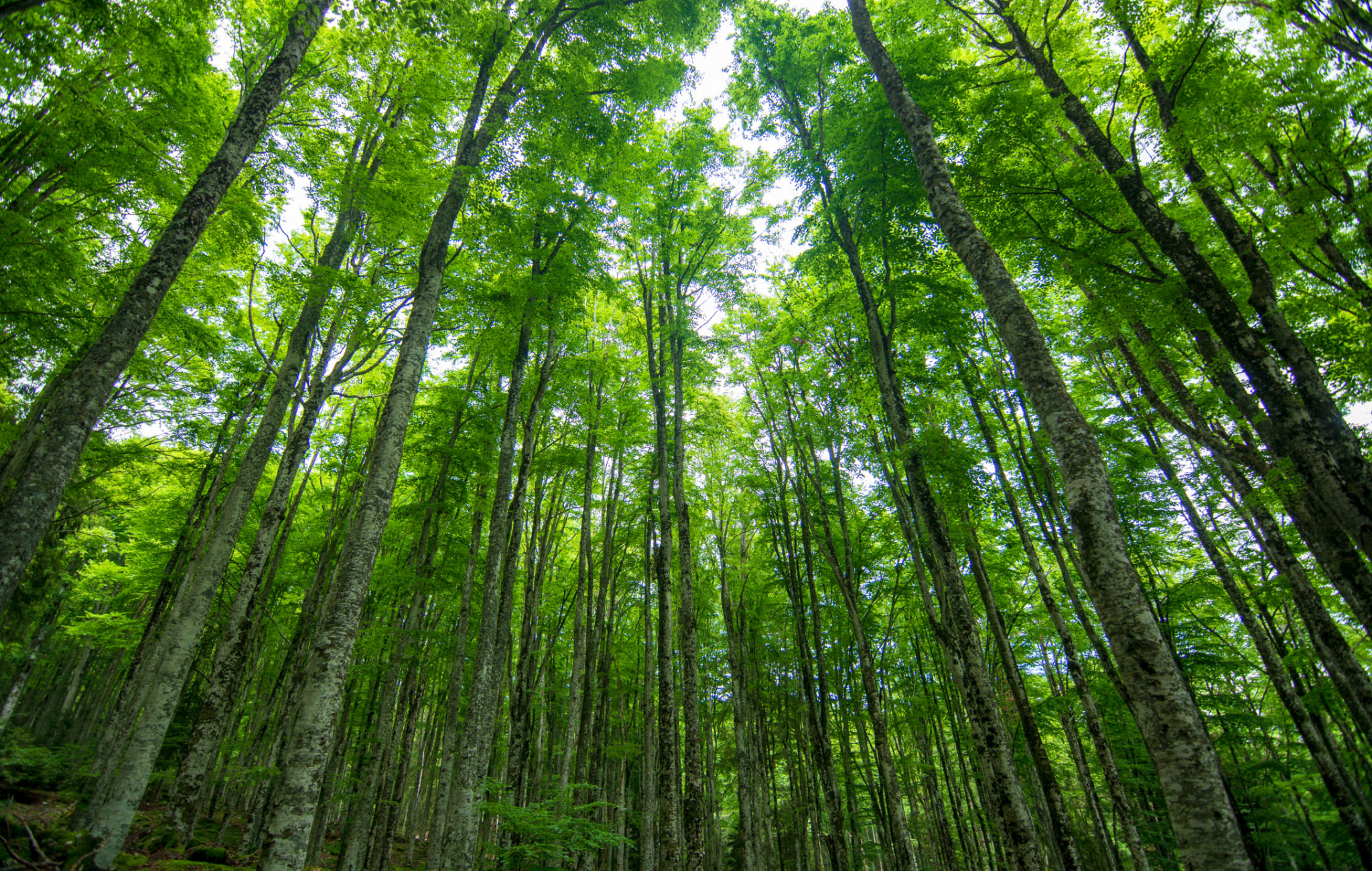Expert Tips for Outdoor Portrait Photography in Washington's King County
Understanding the Unique Beauty of King County
King County, located in the heart of Washington, offers diverse landscapes that are perfect for outdoor portrait photography. From lush forests and serene lakes to urban backdrops and historic sites, the county provides endless possibilities for capturing stunning images. Understanding the unique beauty of this area is essential for any photographer aiming to create memorable portraits.
One of the key aspects of photographing in King County is its dynamic weather. The Pacific Northwest is known for its overcast skies, which can provide a natural softbox effect, ideal for flattering portraits. However, photographers should be prepared for sudden changes in weather and always have a plan B ready.

Choosing the Right Locations
When it comes to selecting locations for your outdoor portraits, King County doesn’t disappoint. A popular choice is the iconic Snoqualmie Falls, where the dramatic waterfall serves as a breathtaking backdrop. For those interested in urban photography, the bustling streets of Seattle offer vibrant murals and unique architecture.
Nature enthusiasts might consider the expansive Discovery Park, which features panoramic views of the Puget Sound and a variety of natural settings. Similarly, the Washington Arboretum is rich with colorful flora, making it an ideal spot during the spring and fall seasons.

Considerations for Timing and Lighting
The time of day plays a crucial role in outdoor photography. The golden hour—shortly after sunrise or before sunset—provides soft, warm lighting that enhances skin tones and adds depth to images. King County’s geography can also offer dramatic shadows and contrasts during these times.
If you find yourself shooting under midday sun, look for shaded areas or use reflectors to diffuse the harsh light. Cloudy days are your friend in King County, as they naturally diffuse sunlight, providing even lighting across your subject.

Equipment Essentials
Having the right equipment can make a significant difference in capturing high-quality portraits. A versatile lens, such as a 50mm or 85mm prime lens, is excellent for portraiture, offering sharp focus and beautiful bokeh effects. Don't forget a sturdy tripod, especially if you're planning long exposure shots near water bodies like Lake Washington.
Lighting accessories like reflectors or portable flash units can help control light conditions and fill in shadows during shoots. Additionally, having weather-resistant gear can be beneficial given King County's unpredictable weather patterns.
Engaging with Your Subjects
Engagement is key to capturing genuine expressions in portrait photography. Start by making your subjects feel comfortable and relaxed, which will reflect in their expressions and body language. Encourage them to interact with their environment; this often leads to more dynamic and candid shots.
Directing your subjects with clear and positive communication helps maintain a smooth workflow. Use prompts or simple activities to get natural reactions—this technique works especially well with families or children.
Post-Processing Tips
After capturing your images, post-processing becomes an essential step in enhancing their quality. Software like Adobe Lightroom or Photoshop offers powerful tools to adjust lighting, contrast, and color balance to match your artistic vision.
In King County's beautiful settings, consider emphasizing natural tones while maintaining authenticity. Presets can speed up workflow but remember to customize adjustments for each image to preserve its unique qualities.

Respecting Nature and Local Regulations
While exploring King County's scenic locations, it's important to respect nature and adhere to local regulations. Many parks and natural sites have specific guidelines for photographers to ensure minimal disruption to wildlife and other visitors.
Always carry out what you bring into these natural spaces, and be mindful of staying on designated paths to protect fragile ecosystems. By doing so, you contribute to preserving these beautiful locations for future generations of photographers and nature lovers alike.
